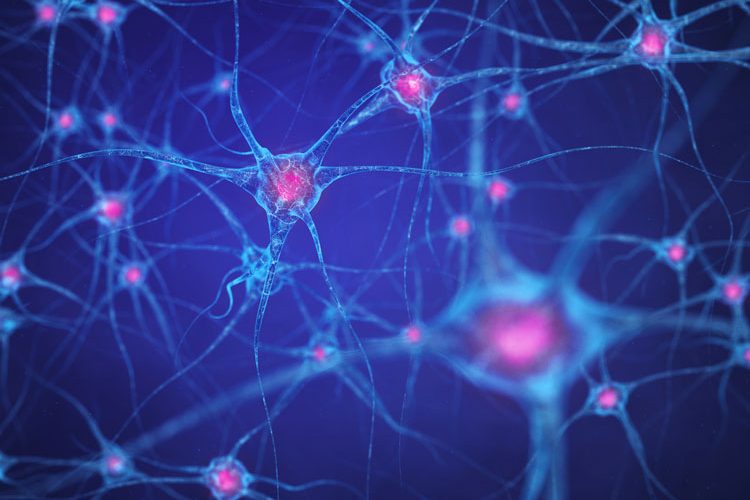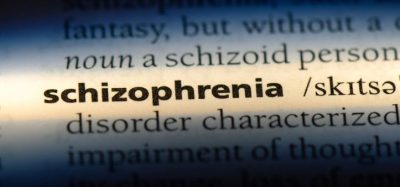Sensory neurons can be used to discover therapies for ALS
Posted: 9 November 2018 | Drug Target Review | No comments yet
New approach for testing for ALS may be useful to reverse debilitating disease…


Scientists have shown that mutations in specific genes that destroy motor neurons and thereby cause the devastating effects of amyotrophic lateral sclerosis– also known as ALS or Lou Gehrig’s disease — also attack sensory neurons.
The discovery indicates that studying sensory neurons could provide new mechanistic insights to prevent, slow, or even reverse ALS.
VTCRI scientists examined sensory neurons in cell cultures and in mice with ALS-causing mutant genes. They found that sensory neurons’ axons exhibit similar pathological changes found in motor neurons afflicted with ALS.
Biomarkers aren’t just supporting drug discovery – they’re driving it
FREE market report
From smarter trials to faster insights, this report unpacks the science, strategy and real-world impact behind the next generation of precision therapies.
What you’ll unlock:
- How biomarkers are guiding dose selection and early efficacy decisions in complex trials
- Why multi-omics, liquid biopsy and digital tools are redefining the discovery process
- What makes lab data regulatory-ready and why alignment matters from day one
Explore how biomarkers are shaping early drug development
Access the full report – it’s free!
“Similar to motor neurons, ALS-inducing factors first affect the ending of sensory neuron axons, the site where they form synapses with other cells, and then the rest of the axon falls apart,” said Gregorio Valdez, an Associate Professor with the VTCRI and a faculty member in the Department of Biological Sciences in the College of Science at Virginia Tech. “Because sensory neurons are relatively easy to work within a dish, in stark contrast to motor neurons, they are an attractive neuronal population for discovering and testing molecules to treat ALS.”
“We’re closer to understanding where the problem starts within a given cell, and especially neurons, in ALS,” Prof Valdez said. “However, we need to understand the reason such cells succumb to ALS-inducing factors. It is also important to develop and optimize assays to test molecules with the potential of preventing neurons from giving in to ALS-inducing factors. Our findings show that sensory neurons could serve both purposes.”
In practice, motor neurons and sensory neurons work together. Sensory neurons constantly relay information, directly and indirectly, to motor neurons. This information could be about temperature, touch and the contractile status of skeletal muscles. “In essence, we now have a high-content and high-throughput assay using sensory neurons in a dish to look for molecules that could prevent ALS-related pathology,” Prof Valdez said.
The study has been published in Scientific Reports.
Related topics
Disease Research, Neurons, Neuroprotection, Neurosciences, Research & Development
Related conditions
ALS, Lou Gehrig's Disease
Related organisations
Virginia Tech Carilion Research Institute (VTCRI)
Related people
Gregorio Valdez, Sydney Vaughn







